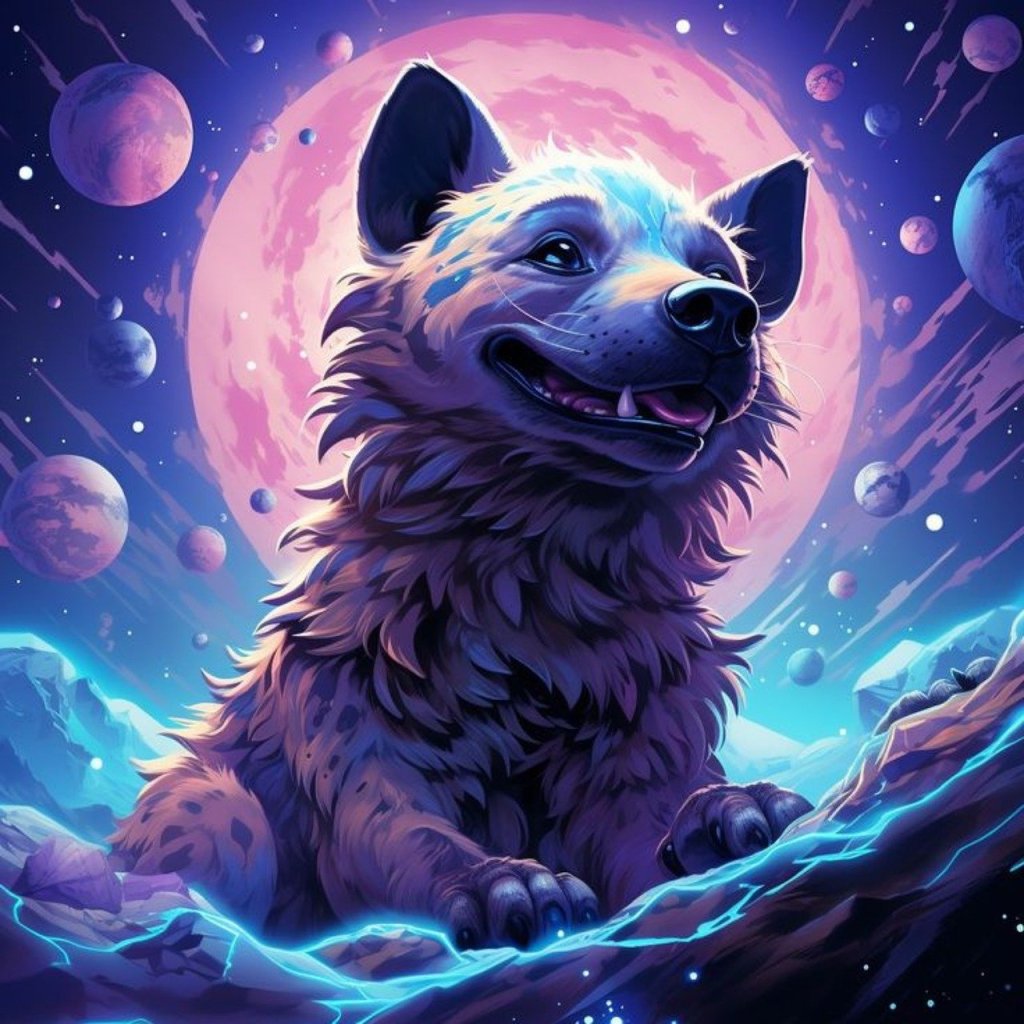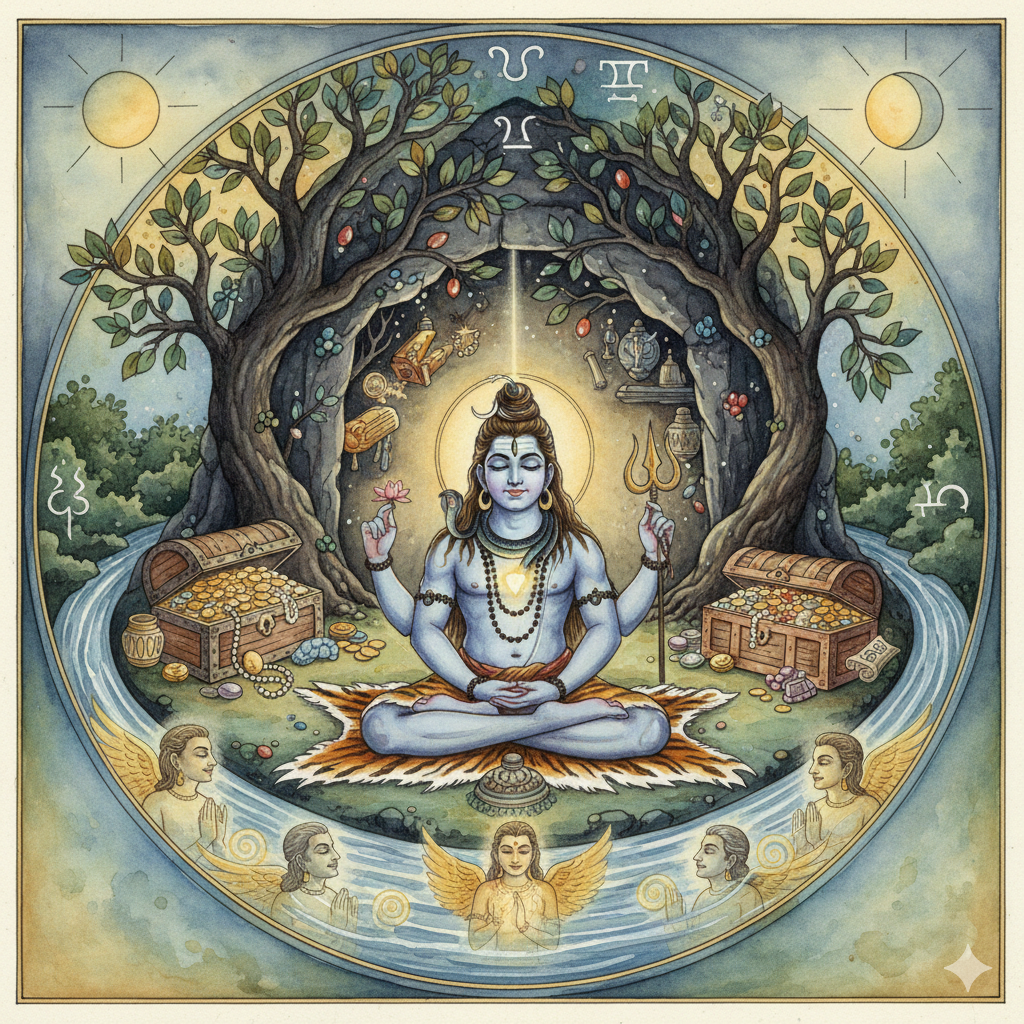When the hyena appears, the advice is simple. Stop being a loner. Spend time with your group, even if it doesn’t ‘feel’ like your group for sooner or later, a group will, indeed, form of its own accord. Like the hyena, most humans thrive when we are a part of a group.
The hyena is a misunderstood creature. It is stereotypically portrayed as either a scavenger or a selfish animal. One of the key aspects that make the hyena a fascinating animal is its ability to thrive in a group which is known as a clan. When the hyena appears, it reminds you that being alone–especially for extended periods of time–is not a natural state of affairs.
In many ancient cultures, the hyena was recognised as a symbol of the strength of community and the importance of unity. Just like the hyena clan, humans, too, find strength in their social connections–especially if they can work together to achieve common goals. The hyena encourages individuals to embrace the concept of community, reminding us that we are stronger together than we ever are when we choose to be alone.

Hidden Strengths
The hyena is a scavenger. While scavenging is viewed negatively in many cultures, the hyena reminds us of the importance of utilising all the resources that are available to us. It teaches us to make the most of what we have, even if it is not particularly appealing to others. Just as the hyena makes the most of carcasses left behind by other predators, we, too, must learn to embrace opportunities that others often overlook (see Vulture).
The hyena, known for its distinct appearance and eerie laughter, is often misunderstood and disregarded in the animal kingdom. However, this enigmatic creature plays a crucial role in its ecosystem. They possess unique physical attributes. They have a sturdy build, sharp teeth and keen senses. Although they have been labelled as opportunistic scavengers, hyenas are fundamental in maintaining the delicate balance of their habitat.
They are efficient clean-up agents that play a vital role in the natural decomposition process. They often feast on carcasses left behind by apex predators–such as lions and cheetahs–that can’t fully consume their kill. By scavenging through leftovers, hyenas prevent the spread of diseases and eliminate potential breeding grounds for bacteria and parasites. In this way, they contribute to the overall health and hygiene of their ecosystem.
Furthermore, hyenas possess incredible digestive capabilities, allowing them to consume bones, skin, and other tough leftovers that most animals cannot process. Their strong jaws and powerful stomach acids break down these remains, reducing them to essential nutrients that enrich the soil. The hyena’s droppings then act as fertilisers, promoting the growth of vegetation in their environment. Through this unique natural recycling system, hyenas become active participants in the natural cycle of life and contribute to the sustainability of their ecosystem.
Moreover, the presence of hyenas in an area has a profound impact on species diversity. By scavenging leftovers, hyenas reduce competition between apex predators and smaller carnivores, enabling a wider range of species to coexist. This allows for a diverse and balanced ecosystem, fostering ecological stability.

Matriarchy
Hyenas exhibit complex social behaviours, challenging conventional perceptions of hierarchy and gender roles. Hyena society is matriarchal, meaning that dominant females hold the power and play a significant role in decision-making. This societal structure highlights the importance of collaboration and collective effort, providing valuable insights into alternative ways of organising social structures.
Hyenas possess a unique biological characteristic where the female is larger and more dominant than the male. This challenges the traditional gender norms in the animal kingdom. This aspect symbolises the importance of embracing feminine energy in groups where male dominance has historically prevailed. By recognising and valuing diverse perspectives and nurturing both the masculine and feminine qualities within ourselves and in our group, we can promote inclusivity, collaboration and a more holistic outlook.
The spiritual significance of the hyena extends well beyond its role as ‘a group messenger’. It represents our hidden primal instincts–the balance between light and dark–and the interconnectedness of all living beings. By observing the hyena, individuals can gain insights into their own primal nature and the complexities of the human experience. It symbolises the need to embrace one’s shadow side and find harmony within oneself. It reminds us not to fear the shadow side for it may have much to offer you, especially in terms of a group’s growth and development.
Beyond the Stereotype
In conclusion, hyenas are far more than their notorious reputation suggests. They perform critical functions in maintaining ecological balance, facilitating nutrient recycling and contributing to species diversity. Their unique digestive abilities enable them to process carcasses that other animals cannot, ultimately benefiting the ecosystem.
Moreover, their complex social structure breaks traditional notions of hierarchy and showcases the importance of collaboration. As we continue to explore the depths of the natural world, understanding the significance of every creature, including the hyena, is crucial for our holistic comprehension of ecosystems and the delicate harmony within them.





Leave a comment